How Zigbee Powers DIY Smart Homes – Insights from Great Scott
Zigbee has long been a staple in smart home automation and IoT applications, offering a low-power, mesh-networking alternative to Wi-Fi. In a recent deep dive, Great Scott, a well-known electronics YouTuber, explored Zigbee’s real-world applications, how it integrates with Home Assistant, and whether it’s still a viable option compared to newer protocols like Thread.

Watch Ian talk about a ZigBee deep dive by Great Scott in this episode of The Electromaker Show
As part of his smart home upgrade, Great Scott tested both commercial Zigbee devices and DIY solutions using ESP32-C6 and ESP32-H4 development boards. His findings shed light on the advantages of Zigbee, its range capabilities, and why it remains a strong contender for home automation and IoT projects.
What is Zigbee and Why Does it Matter?
Zigbee is a widely used wireless communication protocol designed for low-power, low-bandwidth applications. Unlike Wi-Fi, which prioritizes high-speed data transfer, Zigbee focuses on efficient and reliable connectivity for smart home devices, sensors, and IoT systems.
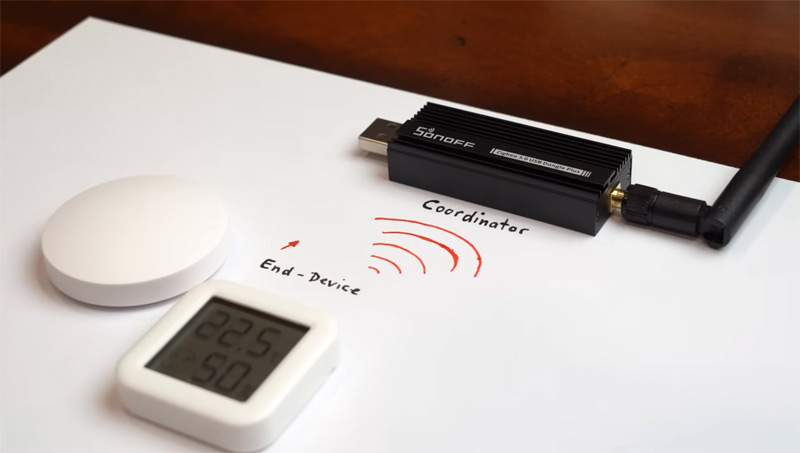
Understanding Zigbee as a Wireless Communication Protocol
Zigbee operates on the 2.4 GHz frequency, similar to Wi-Fi, but it offers distinct advantages:
- It enables mesh networking, allowing devices to relay signals across the network.
- Designed for low-power applications, making it ideal for battery-operated devices.
- Unlike Wi-Fi, Zigbee can function without an internet connection, improving reliability in smart home automation.
How Zigbee Differs from Wi-Fi and Bluetooth
Zigbee is often compared to Wi-Fi and Bluetooth, but it serves a different purpose:
- Wi-Fi: High-speed data transfer but consumes more power and often requires a cloud connection.
- Bluetooth: Short-range, point-to-point connectivity for personal devices.
- Zigbee: Optimized for low-power, long-range mesh networking with local control.
One of the major benefits of Zigbee is its local operation. Unlike many Wi-Fi smart home devices that rely on cloud servers, Zigbee devices can communicate directly with a local hub, ensuring they remain functional even if internet access is lost.
Great Scott’s DIY Zigbee Projects and Home Assistant Integration
One of the key takeaways from Great Scott’s deep dive into Zigbee is its ability to function without proprietary apps. Many commercial smart home devices require cloud-based accounts or manufacturer-specific apps, limiting flexibility. However, Zigbee devices can be integrated directly with Home Assistant, providing full local control.
Setting Up Zigbee Devices Without Proprietary Apps
Great Scott demonstrated how standard Zigbee smart home devices can be added to a Home Assistant setup with minimal effort. Instead of relying on the cloud, Zigbee devices communicate locally using a low-cost Zigbee coordinator dongle. These dongles are available for under $20, making them a budget-friendly way to create a local, cloud-free smart home.
Using the ESP32-C6 and ESP32-H4 for DIY Zigbee Projects
Beyond commercial devices, Great Scott explored DIY Zigbee solutions using ESP32-C6 and ESP32-H4 development boards. Both boards support Zigbee, but with some key differences:
- The ESP32-C6 supports Wi-Fi 6, Bluetooth 5, and Zigbee, making it a versatile choice.
- The ESP32-H4 is a more lightweight option, focusing solely on Zigbee and Bluetooth.
Using the Arduino IDE and Espressif’s Zigbee libraries, he successfully programmed these boards as Zigbee coordinators and end devices. This means DIY enthusiasts can create their own custom Zigbee-powered smart home solutions without needing expensive commercial hardware.
Practical Applications in Smart Home Automation
By integrating DIY Zigbee projects with Home Assistant, Great Scott was able to control smart lights, buttons, and sensors entirely through a local network. This not only increases privacy but also ensures reliability, as the devices continue functioning even when internet access is lost.
Testing Zigbee’s Performance – Range, Speed, and Power Consumption
To evaluate Zigbee’s real-world capabilities, Great Scott conducted a series of tests, measuring range, data transfer speed, and power efficiency. His findings highlight both the strengths and limitations of Zigbee in comparison to other wireless protocols.
Zigbee’s Range Compared to Other Wireless Protocols
One of the key advantages of Zigbee is its ability to form a mesh network, where devices act as repeaters to extend connectivity. However, even without additional range extenders, Great Scott found that:
- The ESP32-H4 achieved a range of 85 meters before losing connection.
- The ESP32-C6 outperformed expectations, maintaining a connection up to 260 meters.
In comparison, standard Wi-Fi connections struggle to maintain strong signals over similar distances without additional access points.
Limitations: Zigbee’s Slower Data Rate
Zigbee prioritizes low power consumption over speed. While this is ideal for devices like temperature sensors and light switches, it may not be suitable for applications requiring high-speed data transmission. Great Scott demonstrated this limitation by comparing:
- A Zigbee device that took 10 minutes to perform an update.
- A Wi-Fi 6 connection, which completed the same update in a fraction of the time.
Despite this, for tasks that involve small packets of data—such as turning lights on/off or sending temperature readings—Zigbee remains highly effective.
Zigbee’s Low Power Advantage
One of Zigbee’s standout features is its energy efficiency. To put this to the test, Great Scott compared the power consumption of a Zigbee smart button vs. a Wi-Fi equivalent:
- The Wi-Fi button consumed around 15.4µA in idle mode and 500µWh per press.
- The Zigbee button only required 2.55µA in idle mode and 1.1µWh per press.
This massive power efficiency difference explains why many smart home sensors and battery-operated devices use Zigbee instead of Wi-Fi.
Zigbee vs. Thread – Which is the Future of Smart Home Connectivity?
One of the biggest debates in smart home technology today is whether Zigbee or Thread will dominate in the long run. Great Scott touched on this in his video, comparing the two protocols based on their performance, adoption, and future-proofing.
Thread’s Advantages Over Zigbee
Thread is a newer wireless protocol that aims to solve some of Zigbee’s limitations. Key advantages include:
- Higher data rate: Thread is significantly faster than Zigbee, making it more suitable for high-bandwidth applications.
- Built-in support for Matter: Thread works natively with the Matter protocol, ensuring broader compatibility with future smart home devices.
- IP-based communication: Unlike Zigbee, which requires a dedicated hub, Thread devices can connect directly to an IP network.
Zigbee’s Strengths and Continued Relevance
Despite Thread’s advantages, Zigbee remains widely used due to its established ecosystem and reliability in smart home setups. Zigbee’s key benefits include:
- Mature and widely adopted: Zigbee has been around for years, with extensive support in IoT and home automation.
- Strong local control: Zigbee devices operate without reliance on cloud servers, ensuring reliability even when the internet is down.
- Lower power consumption: Zigbee is optimized for low-energy use, making it ideal for battery-powered devices.
Should You Choose Zigbee or Thread?
The choice between Zigbee and Thread depends on the use case:
- If you're building a DIY smart home system, Zigbee is a great option due to its mature ecosystem and Home Assistant compatibility.
- If you want future-proof connectivity and plan to integrate new Matter-based devices, Thread may be the better investment.
While Thread is positioned as the next-generation smart home protocol, Zigbee remains a solid choice for those looking for affordable, power-efficient, and locally controlled smart devices.
Did you enjoy this article?
Make sure you subscribe to The Electromaker Show for similar content and subscribe to our monthly newsletter!




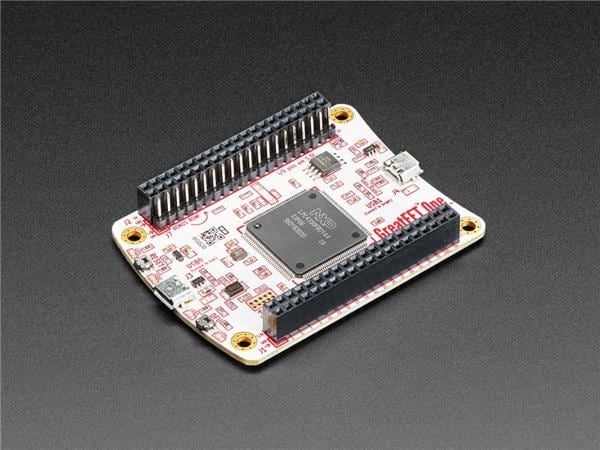
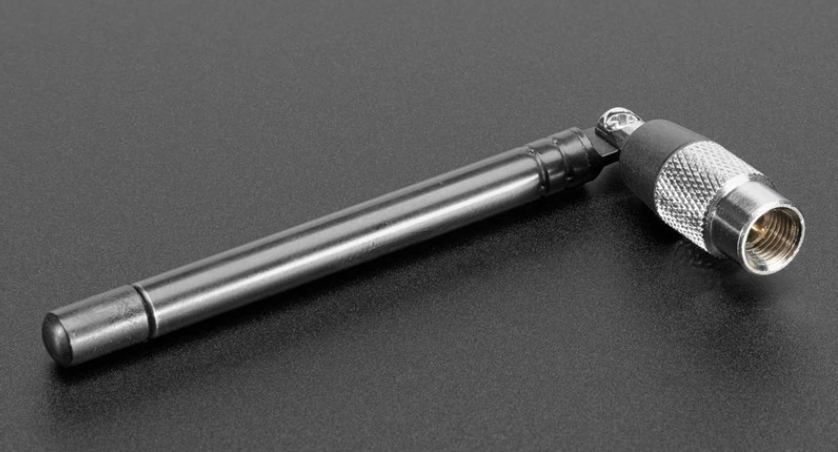



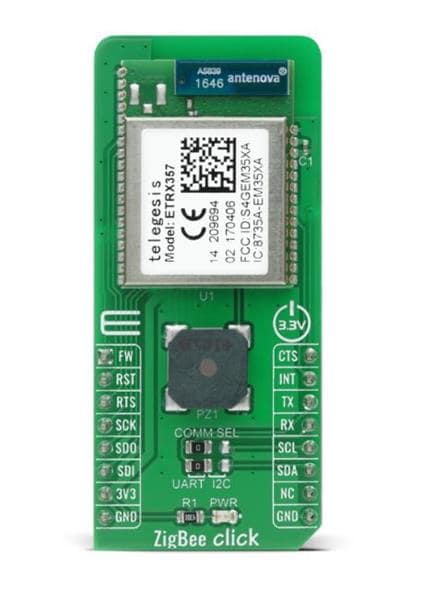
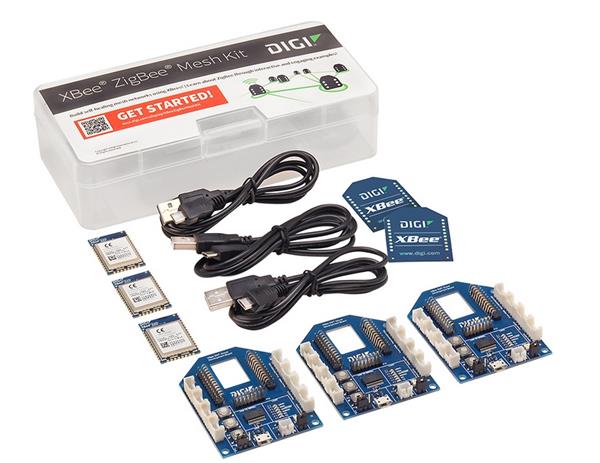
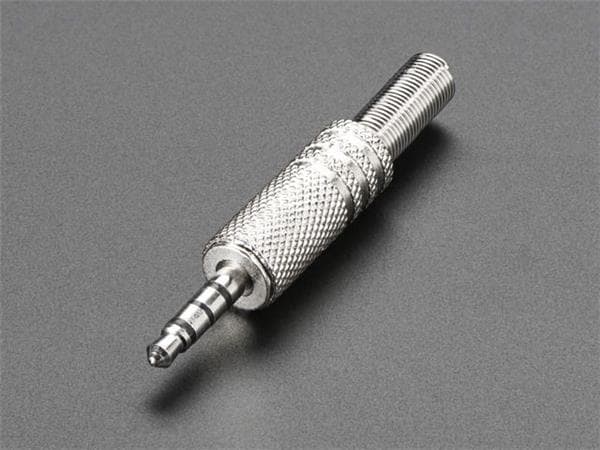
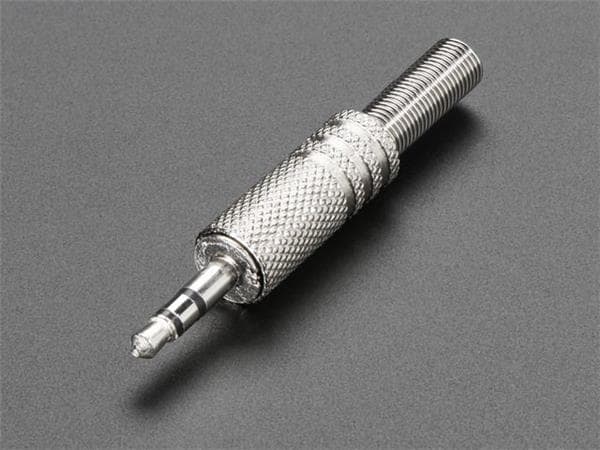
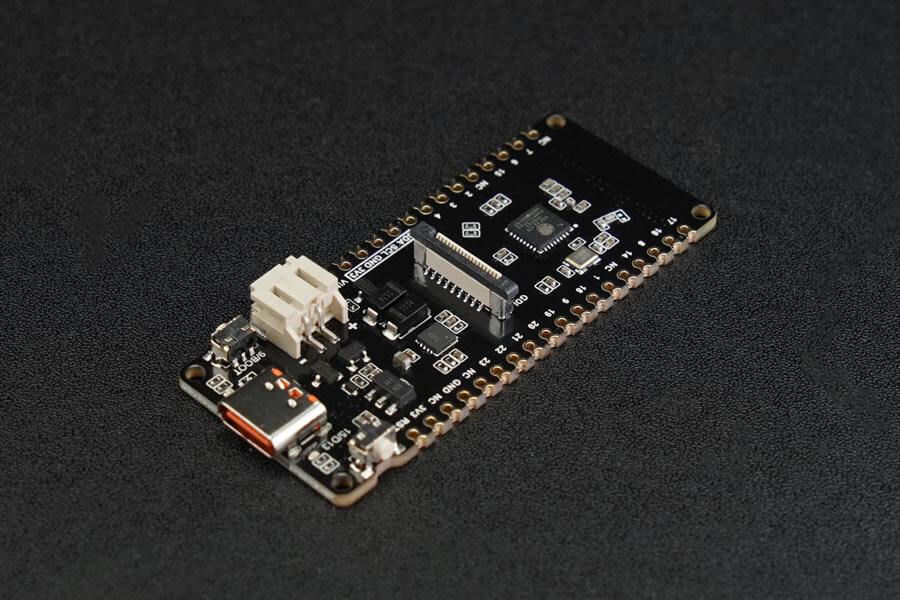

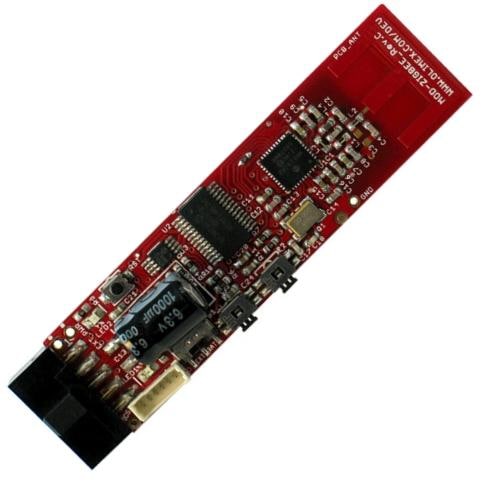
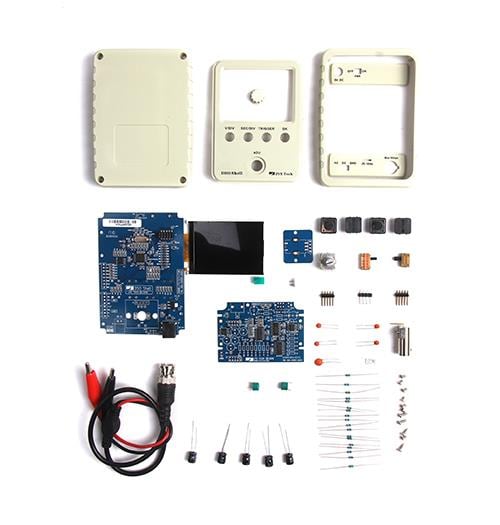
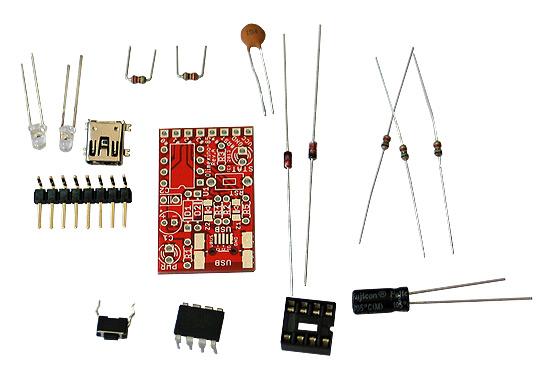

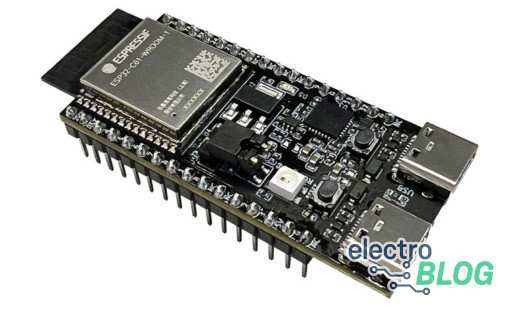
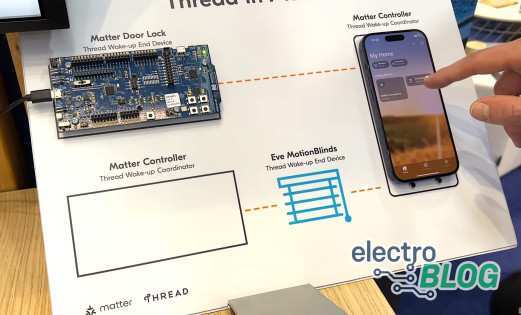
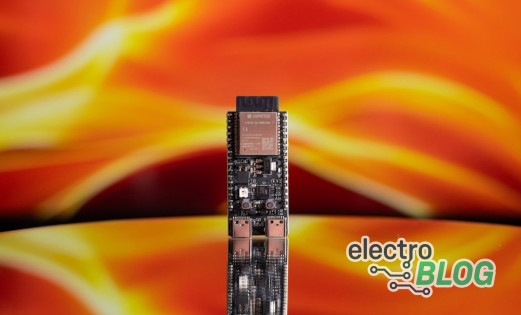



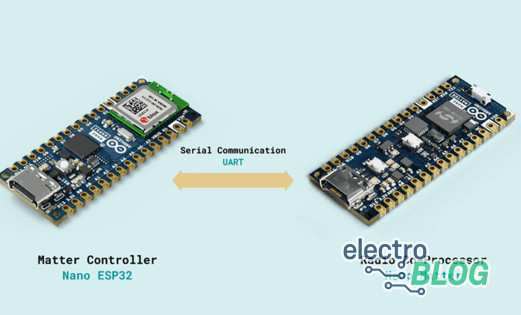
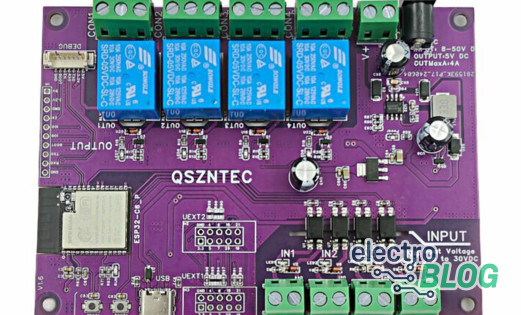
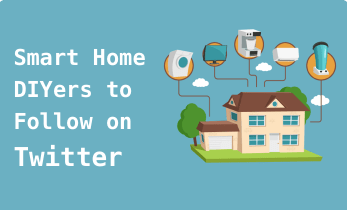

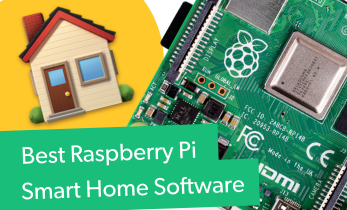




Leave your feedback...